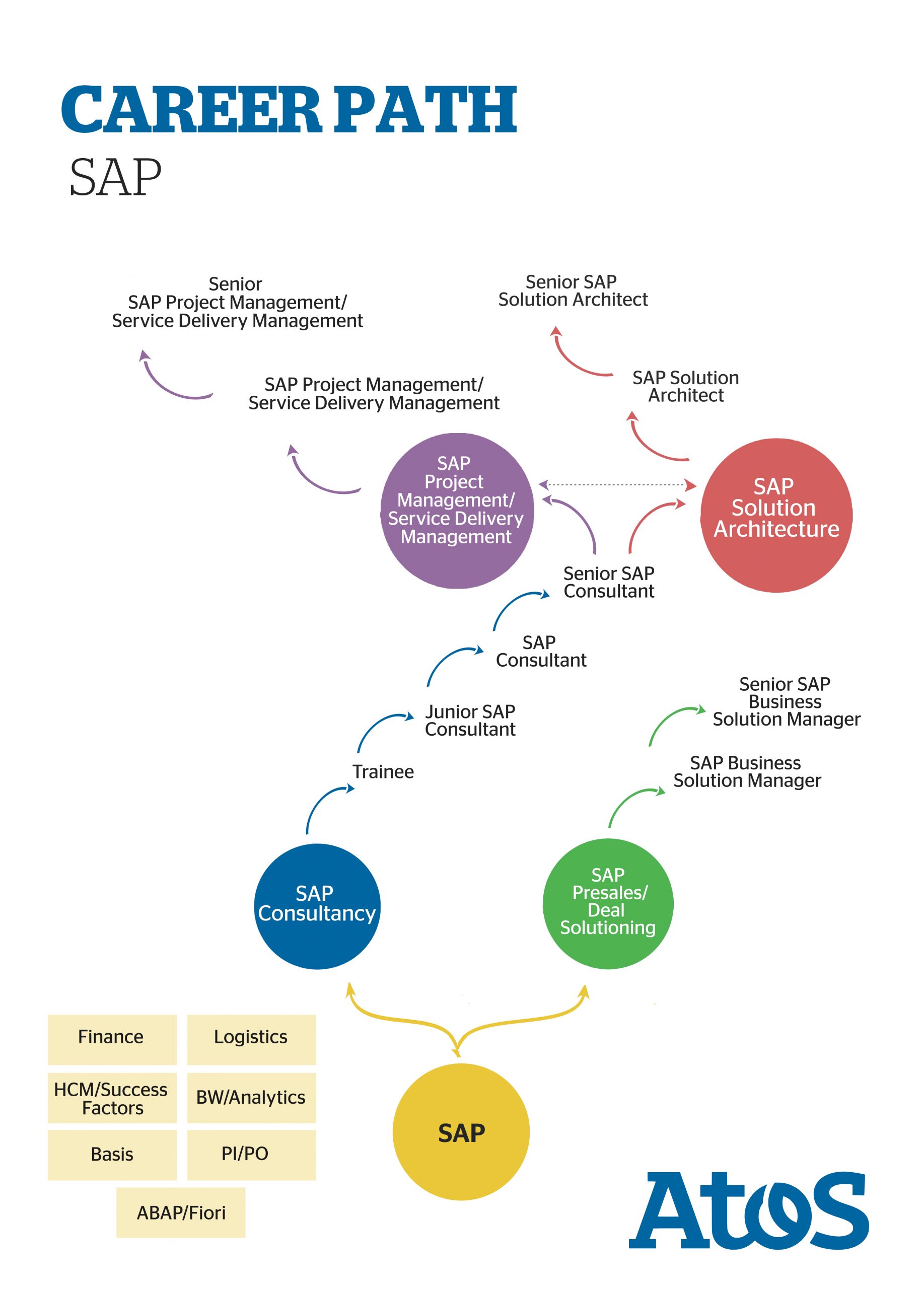

Furthermore, accessibility efforts do not benefit disabled people exclusively: products and services designed with accessibility in mind often deliver a better user experience for non-disabled people and, consequently, gain a competitive edge. The International Labour Organisation estimates that addressing disability exclusion could boost OECD countries’ GDP by 7%. Such underemployment is unnecessarily burdensome on the individual, the societies and the economies that they live in. Even in societies where there is significant provision, the disability employment gap is around 31%, which rises to nearly 90% in less developed economies. Poor accessibility directly impacts the employment prospects of hundreds of millions of disabled people worldwide. The economic effects of this are profound. When we don’t design our software and services with accessibility in mind, we are effectively locking people out from participation in society and from personal fulfilment. However, despite the huge potential of technology for inclusion (speech interfaces, augmented reality and machine learning), we frequently make hurdles that people must jump over before they can realise their potential as individuals. This is hugely important when we consider that whilst we have traditionally relied on the young to support our older generations, by 2060 older people will outnumber younger people by 2 to 1. And as technology has the power to enable people to continue working and playing an active role in life, accessibility can deliver high levels of independence and autonomy. Most disabilities are acquired as we age, so an increasingly aged population translates into increasing numbers of people living with one or more disabilities. This has profound implications for society.

We live in societies that are rapidly ageing: a child born in Japan in 2007 will have more than 50% chance of living to the age of 107 children born in that year in most advanced economies will have similar chances of longevity. Here I would like to talk about the parallels between environmental sustainability and accessibility and their implications on business and society.

Recently my colleague José Esteban Lauzan blogged about the economic concept of externalities. When we examine the UN sustainable development goals there are multiple interconnected goals that address global challenges relating to poverty, inequality, climate change, peace and justice as well as the one we immediately think of - environmental degradation.


 0 kommentar(er)
0 kommentar(er)
